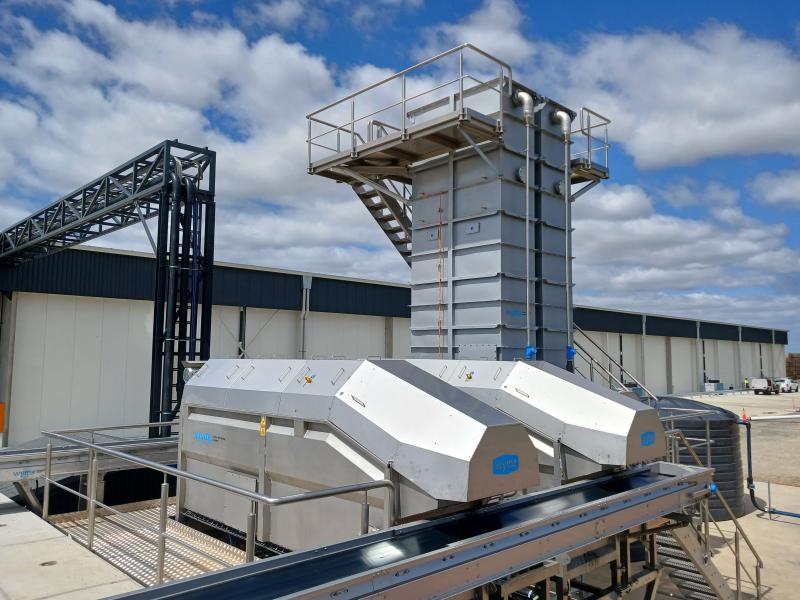The Environmental Protection Authority (EPA) has lowered import limits for hydrofluorocarbons (HFCs), a group of harmful greenhouse gases used in heat pumps, air conditioning and refrigeration.
HFCs have a global warming potential more than 50 times higher than carbon dioxide. The EPA has been working to reduce their use since 2019, following domestic legislation and international agreements.
The limit for importing HFC gases has been reduced more than 13 percent for 2023 (compared with 2021 and 2022) and will be decreased further every two years, in line with Ozone Layer Protection Regulations.
By 2036, consumption of the gases in Aotearoa New Zealand will have dropped by 80 percent compared with 2020.
"HFCs were created to reduce our reliance on ozone-depleting gases such as chlorofluorocarbons (CFCs), but they also contribute to climate change. Reducing levels of HFCs is expected to avoid up to 0.5 degrees of global warming by 2100," says Dr Lauren Fleury, Hazardous Substances Applications Manager.
Around 20 percent of New Zealand’s total imports of new HFCs each year are available for special import permits administered by the EPA through a contestable pool.
This year the EPA received 15 applications from wholesalers and individual businesses, requesting more than three times the amount available for allocation.
Hydrofluoroolefins (HFOs) are an alternative group of gases used in refrigeration that do not affect the ozone layer and have minimal impact on the climate. Some businesses are already using HFC/HFO blends to help adjust to a lower amount of HFCs available for import.
"As import limits are lowered, we’re doing our bit to protect the global environment and helping New Zealand meet its climate change goals," says Dr Fleury.
New Zealand is a party to the Montreal Protocol, an international treaty to phase out certain gases that damage the Earth’s ozone layer and warm the atmosphere.
The protocol is considered one of the most effective and successful global environmental agreements ever made, and the 2016 Kigali Amendment to decrease production and use of HFCs is important to its continued success.
Under the Kigali Amendment, all Montreal Protocol parties must gradually reduce HFC use by 80-85 per cent by the late 2040s. However, New Zealand will reach this target by 2036, as written into the Ozone Layer Protection Regulations. In 2025, import limits will be reduced by a further 16% compared with 2023 and 2024.






